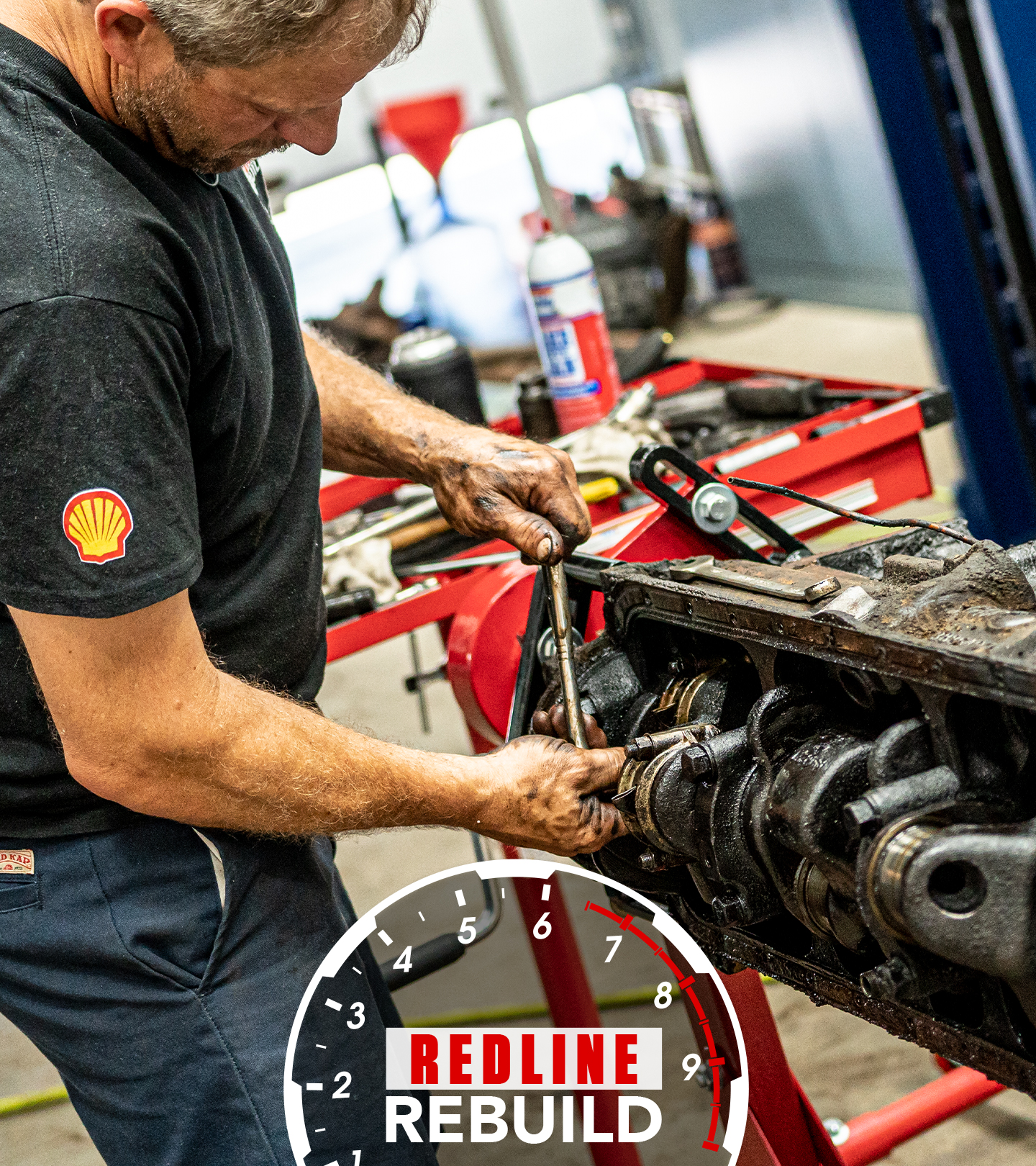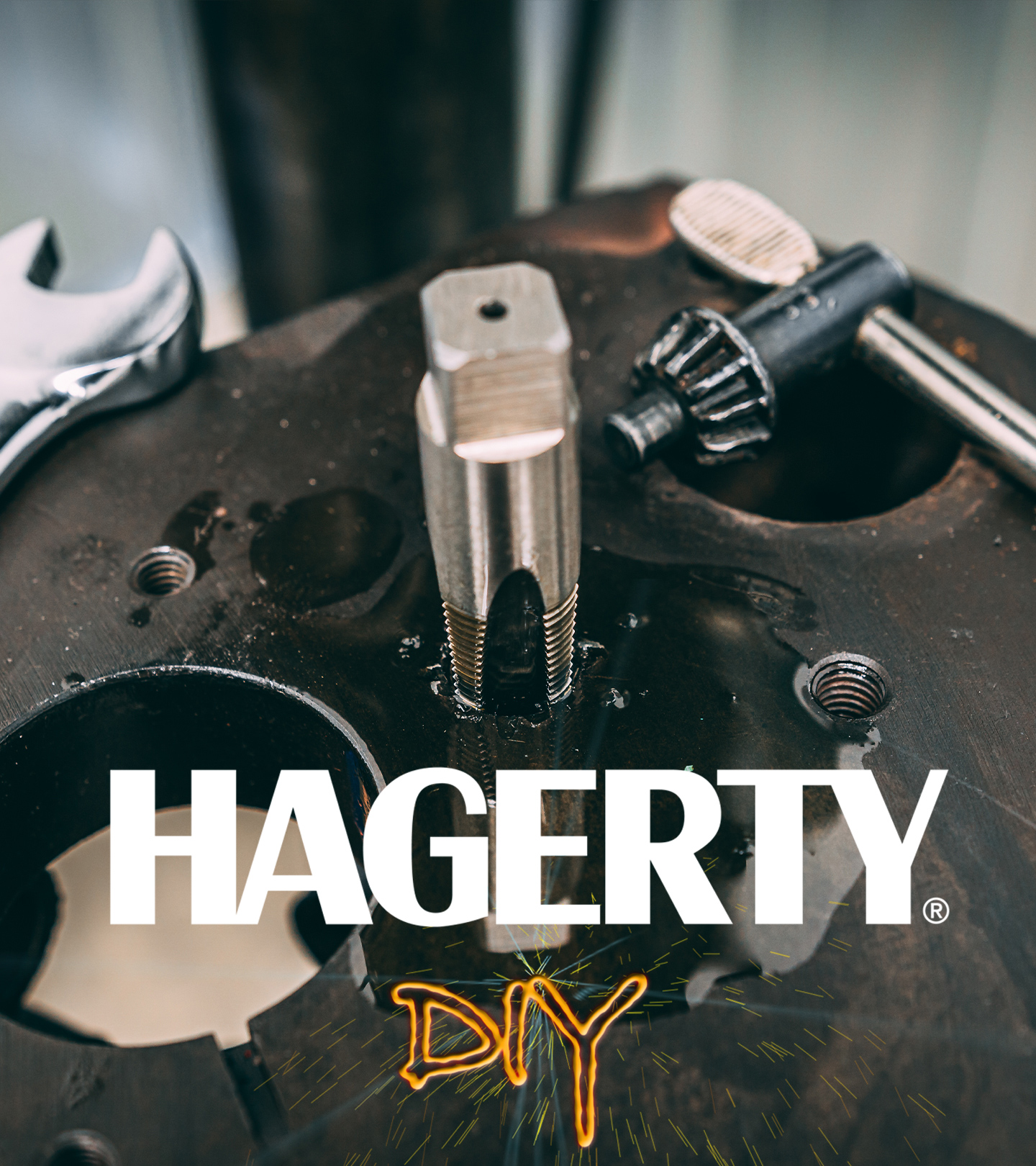Long-lost ’50s fiberglass coupe, built with half a Duesenberg engine, resurfaces in Utah - Hagerty Media
The Barn Find Hunter crew is at it again, this time combing through St. George, Utah, in search of automotive treasure. In this episode, Tom Cotter meets with three enthusiasts, each with a totally different flavor of vintage vehicle. The last one, however, is a Duesy. It used to be, at least.
The hunt starts off with some solid momentum—Tom Cotter gets a sweet tour of a man named Marty’s 1964 Corvair Greenbrier. After he sold his VW Bus, Marty was scouring Craigslist when he came across the spacious Chevy. “Why would I buy a Volkswagen when I can have a Chevy?” he reasoned. He fixed a pair of cracked rings on the Corvair engine, and once the engine’s all fixed up, he plans to return the van to its original red color.
Next up is a young man named Kyle, who owns a shop in town where he works on some sensational restoration projects and modification jobs. His pride and joy at the moment, though, is a 1957 Buick Roadmaster four-door. The grandfather of Kyle’s landlord bought the car when it was new, and he insisted on road tripping to Detroit to pick up the car right from the production line, so he could drive it home to Utah from 0 miles on the clock. He got his wish, and his daughter (the mother of Kyle’s landlord) kept a diary of the adventure, which is still intact. The Buick spent its whole life in St. George, until an engine fire finally put it out of commission. Now, the car retains its original motor and heads, along with a Chevy S10 subframe and front end, Camaro rear end, and disc brakes. When it’s done, it’ll be a reborn relic of St. George history.
History, as Tom knows well, often doesn’t stay buried forever. That’s certainly the case with this last find—a rare fiberglass-bodied coupe from the early 1950s from a company called Atlas Fiber-Glass. If the shape of the svelte two-door brings to mind a certain Pinin Farina design, you’ve got a keen eye. As its owner and caretaker, Dave, explains to Tom, the Atlas was an all-fiberglass-body built from a splash mold of a Cisitalia 202 like the one in the permanent collection of the Museum of Modern Art in New York.
Atlas Fiber-Glass was founded in 1952 by Roy Kinch, initially supplying fuel tanks and tops for MGs. But Kinch had ambitions to build special fiberglass bodies for the British sports cars. How Kinch got a hold of a Cisitalia splash mold for his upstart outfit is a whole other tale, involving George Barris, speed innovators Bill Burke, and Mickey Thompson, as well as Hot Rod magazine publisher Robert “Pete” Petersen.

As Hemmings detailed in a 2012 piece, Kinch ran an ad for Atlas in Hot Rod in 1952, which in all likelihood caught the attention of advertising manager and belly-tank-racing phenom BIll Burke. Savvy as he was, Burke was probably aware that Hot Rod publisher Peter Pertersen had bought a Cisitalia 202 and was having it sent straight to the Barris brothers’ shop in southern California to be prepped for the 1952 Motorama show. Burke, allegedly, used his insider knowledge to his advantage. According to the story, when the car arrived, George Barris and Mickey Thompson took a splash mold of the car without Petersen’s permission or knowledge. Thompson and Burke then went into business with Kinch, changing the Atlas company name to Allied Fiberglass, in case there was any doubt the industrious trio were in cahoots. For his part, Burke’s plan was to use the roughly 200-pound body to build a from-scratch land-speed racer for Bonneville, which he did rather successfully, winning his class in 1953 with a top speed of 167 mph.
Dave’s particular car, using a coupe body called the Swallow, is an Atlas from before the company changed its name. The chassis is made from elliptical PBY aircraft tubing, which was used for the struts in World War II troop gliders. The material is both strong and lightweight—ideal for a sports car. This particular car has torsion bars and a Ford banjo-style rear-end, albeit with the driveshafts that are normally near the transmission, in Dave’s words, “scabbed on” to the rear end to make a swing axle. Up front is the same story, with a solid front axle broken in the middle to include ball joints and tie-rod ends. Without any load on the chassis as it sits, the wheels are all cambered out in a way Beetle owners will surely recognize.
“We found the car from a gentleman who was getting out of vintage racing,” explains Dave. “We bought a whole garage full of stuff—you opened the door and [you could] see nothing, with stuff stacked out to the walls. He says, ‘Well there’s a little of this and a little of that, and even way back there you’ll find a car!’ We hadn’t even seen it. We didn’t even know what it was.”


In his research into the car’s history, Dave came across the website Forgotten Fiberglass, run by Barn Find Hunter alumnus and weird-car extraordinaire Geoff Hacker. An amazing article that Geoff wrote details the fascinating history of a certain fiberglass land-speed sports car that was thought lost. It was only after following the leads and talking to Geoff that Dave realized the car from the story was the one he owned.
Not strange enough for you yet? That discovery also taught Dave that his Atlas, built by a fellow named Gene Hersom, was originally built with a Duesenberg straight-eight that was effectively cut in half to make a dual-overhead-cam four-cylinder engine. (The middle cylinders were cut out, interestingly enough.) The engine needed a custom billet crankshaft to work properly, but the setup proved problematic while running at Bonneville in 1954. Later, after the magneto casting broke, a more reliable Flathead V-8 replaced it. There’s some amazing period photography from this era documenting the Atlas’ history, as well.
The coupe has been in Dave’s family for 20 years, and his plan is to restore it with a flathead V-8, three-speed transmission, and the original shade of blue paint. Then, the Atlas could go vintage racing to do the car’s history real justice. Dave shows Tom, over against the wall, that he still has the original hood with racing stripes and a cutout for the original Duesenberg engine’s carburetors. So if you’ve got a Duesy I-8 and you don’t mind losing half of it for the revival of a bizarre, fantastic old fiberglass land-speed racer allegedly made from the unsolicited splash mold of Pete Petersen’s Cisitalia 202—drop us a line. We know a guy who’ll take it off your hands.










